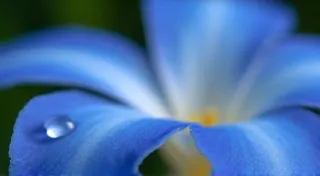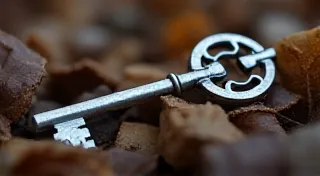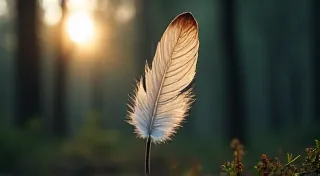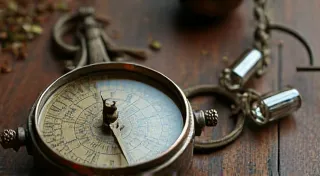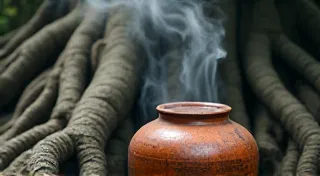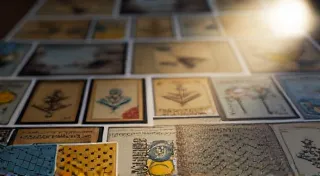A Gardener's Lexicon: Understanding the Language of Herbs
There's a peculiar comfort in the scent of old parchment, the whisper of forgotten stories clinging to the fibres. It’s a sensation not unlike the feeling of holding a sprig of rosemary, or the earthy aroma of dried sage. We often think of herbs as simple ingredients – fragrant additions to our cooking, gentle remedies for minor ailments. But beneath those straightforward applications lies a deeper truth: herbs possess a language of their own, a lexicon sculpted by centuries of human interaction, folklore, and linguistic evolution. Understanding this language allows us to not only cultivate these plants with greater appreciation, but also to connect with a vibrant tapestry of history and cultural significance.

The Roots of Nomenclature: More Than Just a Name
Consider the word "rosemary." Derived from the Latin "ros marinus," meaning "sea rose," this name evokes a romantic, coastal imagery. While wild rosemary doesn't always grow near the sea, the name hints at an early perception – perhaps a resemblance to a flowering shrub. The association with memory is equally rich. Rosemary was often placed on Greek wedding crowns to enhance remembrance, and scattered on graves to symbolize fidelity and the enduring power of love. Similarly, “lavender,” from the Latin “lavare” (to wash), speaks to its historical use as a cleansing agent – a fragrant additive for baths and linens.
The names of herbs often offer glimpses into their original uses and perceived properties. “Chamomile,” a name derived from Greek “chamai” (on the ground) and “melos” (apple), reflects the plant’s daisy-like flowers, while the ancient Greeks believed it could soothe the soul. The very essence of these names carries a resonance – a subtle echo of the human stories intertwined with the plants themselves. It's akin to encountering an antique accordion; more than just an instrument, it’s a vessel of melodies, laughter, and perhaps, even tears from generations past.
A Personal Connection: The Accordion's Parallel to the Herb Garden
My grandfather was a collector of antique accordions. He wasn't a musician himself, but he understood the beauty of craftsmanship, the silent stories held within each key and bellows. He's the one who first nurtured my interest in the nuances of old things, in the slow accumulation of history. I remember him carefully cleaning a particularly weathered accordion, revealing layers of varnish and tiny details I'd never noticed before. "Everything has a story," he’s often said, "you just have to learn to listen."
That same sense of discovery, that same feeling of connection to the past, resonates within my herb garden. Each plant isn't merely a source of flavour or a medicinal aid; it's a living testament to human ingenuity and the enduring relationship between people and the natural world. The laborious process of cultivating rare herbs, the meticulous drying and preservation, is a ritual that connects me to those who came before, who understood the power and beauty held within these humble plants.
Think of "mint." The name, linked to the Roman goddess Minerva, suggests a connection to wisdom and protection. Or consider "sage," derived from the Latin "salvia," meaning "to heal." These aren’t just arbitrary labels; they’re legacies, whispers of past wisdom passed down through generations. Learning these etymologies adds another layer of understanding, allowing us to appreciate the profound significance of these plants.
Cultivating with Consciousness: Honouring the History
Rare herbs, in particular, carry a weight of history. Some were prized for their medicinal qualities, others for their culinary sophistication, and still others for their symbolic meaning in rituals and ceremonies. Understanding this context fosters a deeper sense of responsibility in their cultivation. It’s not merely about producing a harvest; it’s about honouring the legacy, preserving the traditions, and ensuring that these precious plants continue to thrive.
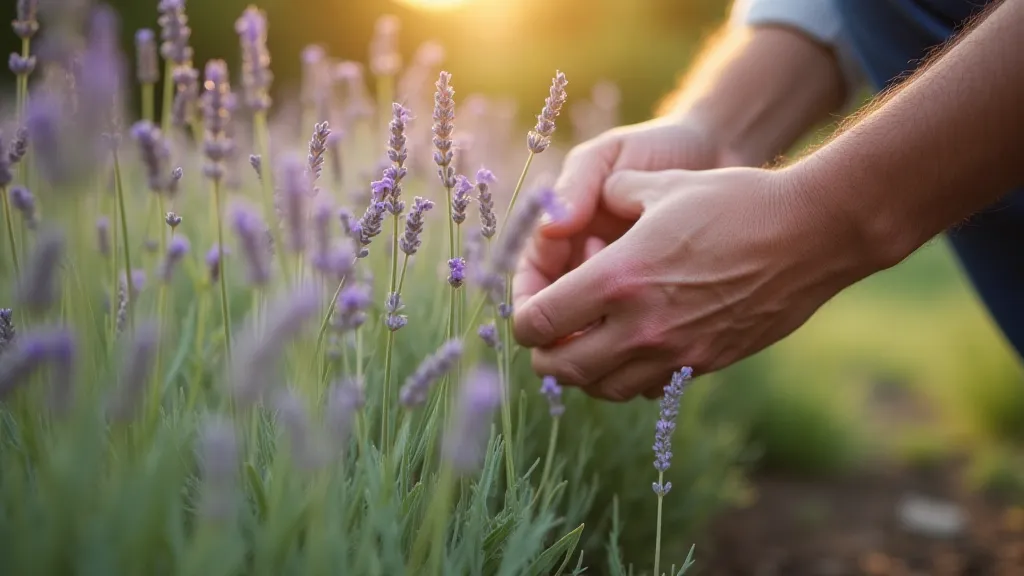
For instance, "Asafoetida," also known as "hing," is a resinous gum with a pungent aroma, once highly valued in ancient medicine. Its name, derived from the Persian "asafesti da," meaning "the gum of asa," refers to the region it originated from. Understanding this history highlights its significance in traditional healing practices and invites us to use it with reverence. Similarly, “Ginseng”, derived from the Chinese “ren-shen” ("man-root"), alludes to the root’s human-like form. Recognizing the cultural and medicinal significance encourages sustainable and ethical sourcing.
The Craftsmanship of Nature and the Human Hand
Just as an accordion’s intricate mechanism represents the ingenuity of its maker, the complex chemical compounds within a rare herb speak to the elegance of nature's design. The careful selection of seeds, the meticulous tending of the soil, the precise timing of harvest – these are all acts of craftsmanship, mirroring the dedication of the accordion maker who painstakingly assembled each component.
Restoring an antique accordion is a painstaking process, demanding patience, skill, and a deep appreciation for the original design. Similarly, cultivating rare herbs requires a commitment to traditional methods, a willingness to experiment, and a reverence for the delicate balance of the ecosystem. It’s about understanding that both the instrument and the plant are more than the sum of their parts; they are living embodiments of human creativity and the enduring power of the natural world.
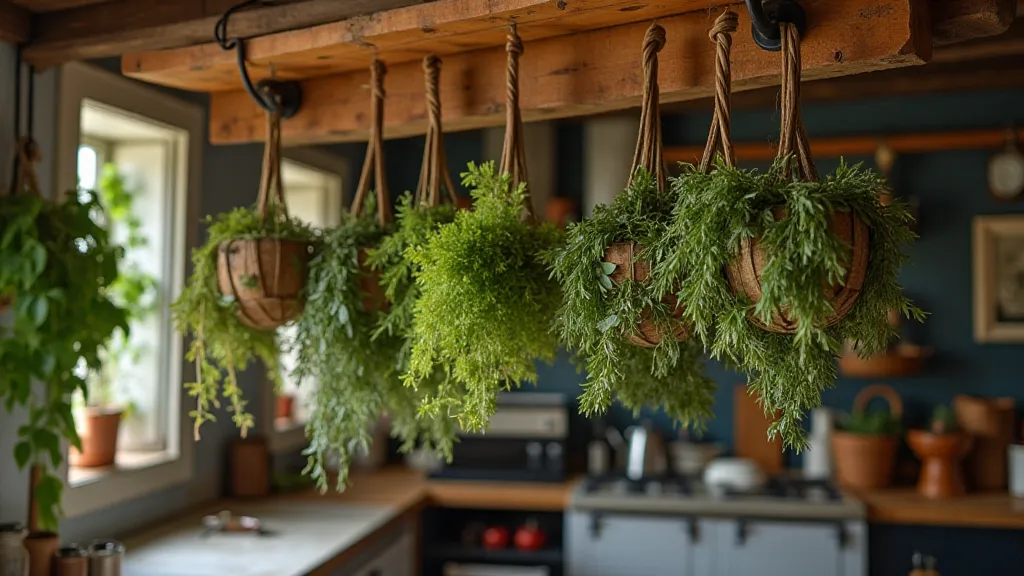
A Continuing Lexicon: Listening to the Whispers
The language of herbs isn’t static; it’s a living, evolving narrative. As we continue to explore the potential of these plants, both culinary and medicinal, we add new chapters to their story. But by understanding their origins, by listening to the whispers of the past, we cultivate a deeper connection to the earth, to our ancestors, and to the enduring power of the natural world. Just as my grandfather taught me to listen to the stories within the antique accordions, let us listen to the language of herbs, and cultivate a garden not just of plants, but of wisdom and appreciation.
